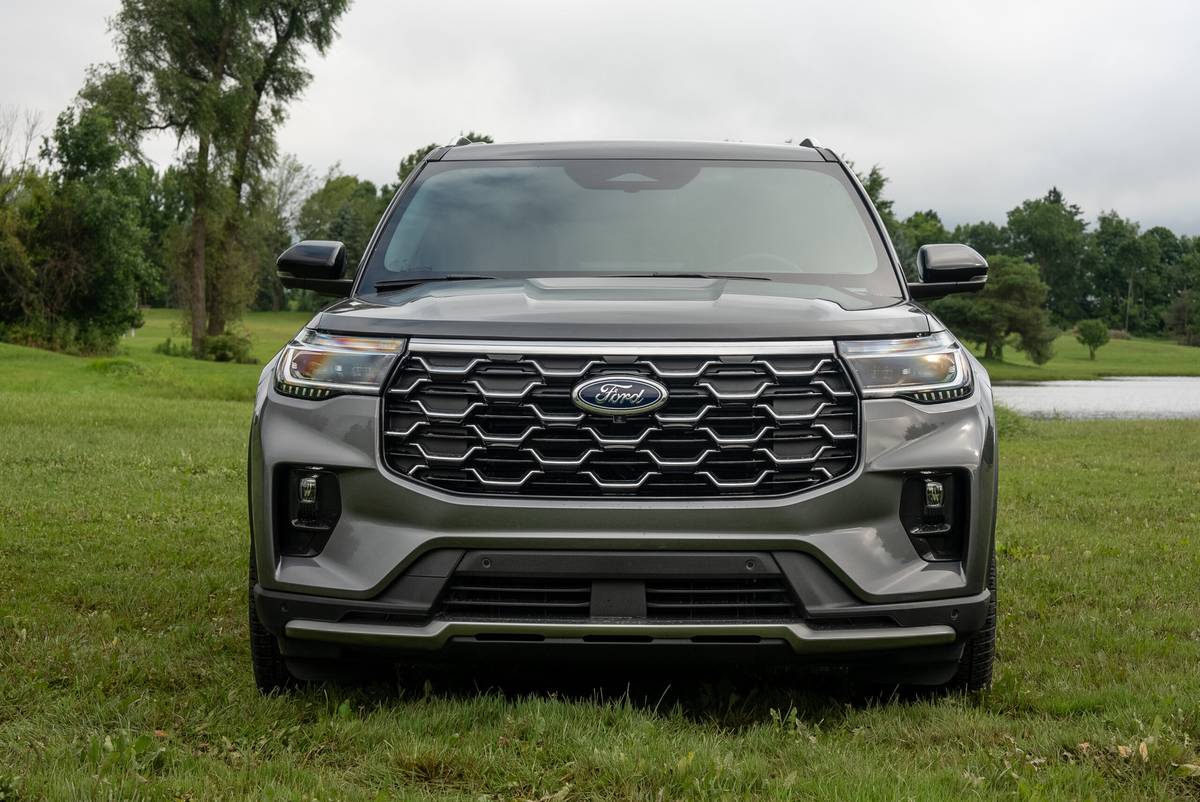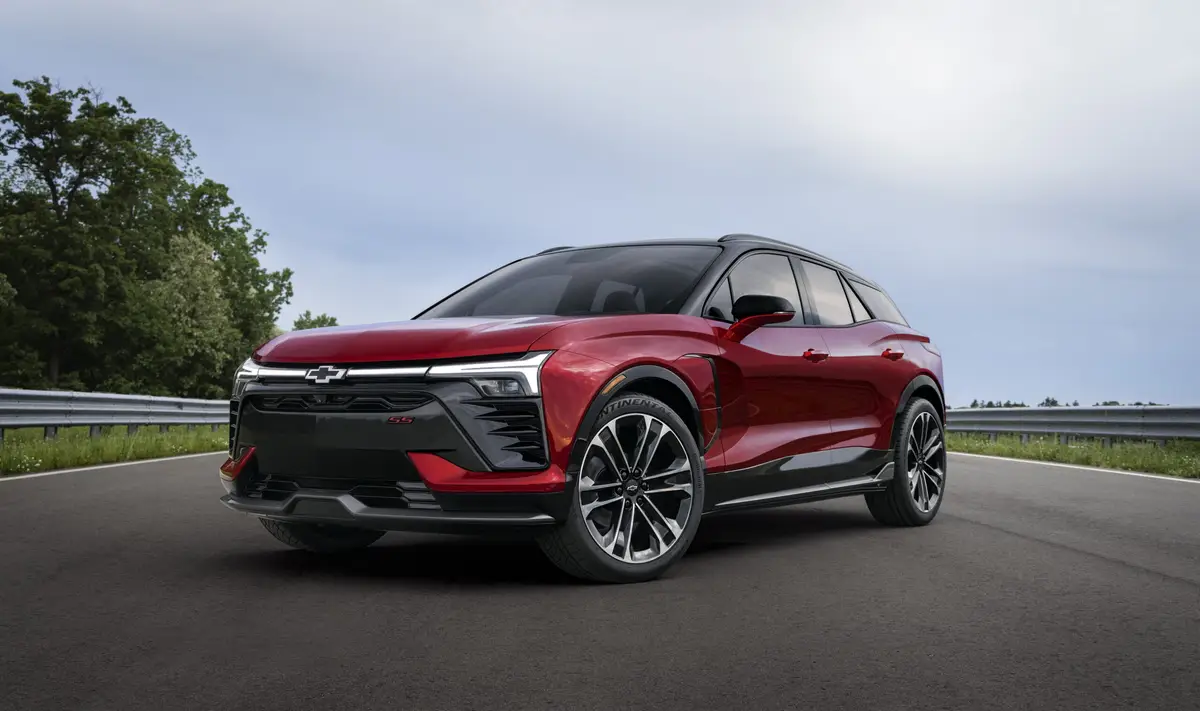What Are the 10 Most Efficient Electric Cars?
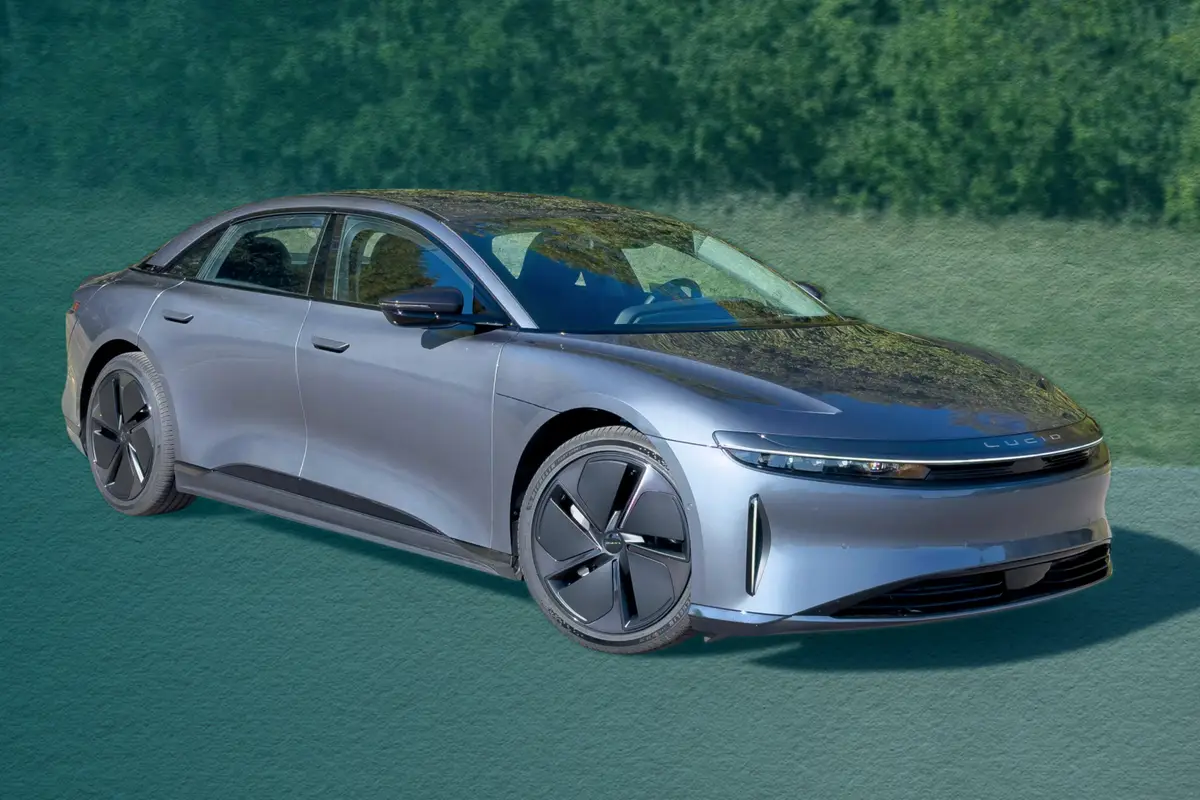
What if a gas-powered car were marketed only with range estimates instead of an efficiency rating such as mpg? Well, that’s mostly been the case with electric vehicles. Instead of mpg, the EPA estimates a kilowatt-hours rating showing how much power is used to travel 100 miles. The agency also approximates EV efficiency relative to gas-powered cars using an mpg-equivalent rating formula.
Below are the most efficient EVs on sale now, as well as their range, mpg-e rating and pricing. Note that some carryover models, such as the Toyota and Lexus EVs, as well as the Tesla Model S, have not yet been certified for the 2025 model year, so we rely on the latest info from the EPA, which is for the 2024 model year. As always, your mileage may vary.
Related: Electric Cars With the Longest Range
Top 10 Most Efficient EVs (Energy Use Per 100 Miles)
1. 2025 Lucid Air Pure rear-wheel drive with 19-inch wheels: 23 kWh
2. 2025 Tesla Model 3 Long Range RWD: 25 kWh (tie)
3. 2025 Hyundai Ioniq 6 Standard Range: 25 kWh (tie)
4. 2025 Tesla Model Y Long Range RWD: 27 kWh (tie)
5. 2024 Lexus RZ 300e: 27 kWh (tie)
6. 2024 Tesla Model S: 28 kWh (tie)
7. 2024 Toyota bZ4X: 28 kWh (tie)
8. 2025 Hyundai Kona Electric Standard Range: 29 kWh (tie)
9. 2024 Kia EV6 Standard Range RWD: 29 kWh (tie)
10. 2025 BMW i4 Gran Coupe eDrive40: 29 kWh (tie)
1. 2025 Lucid Air Pure RWD With 19-Inch Wheels
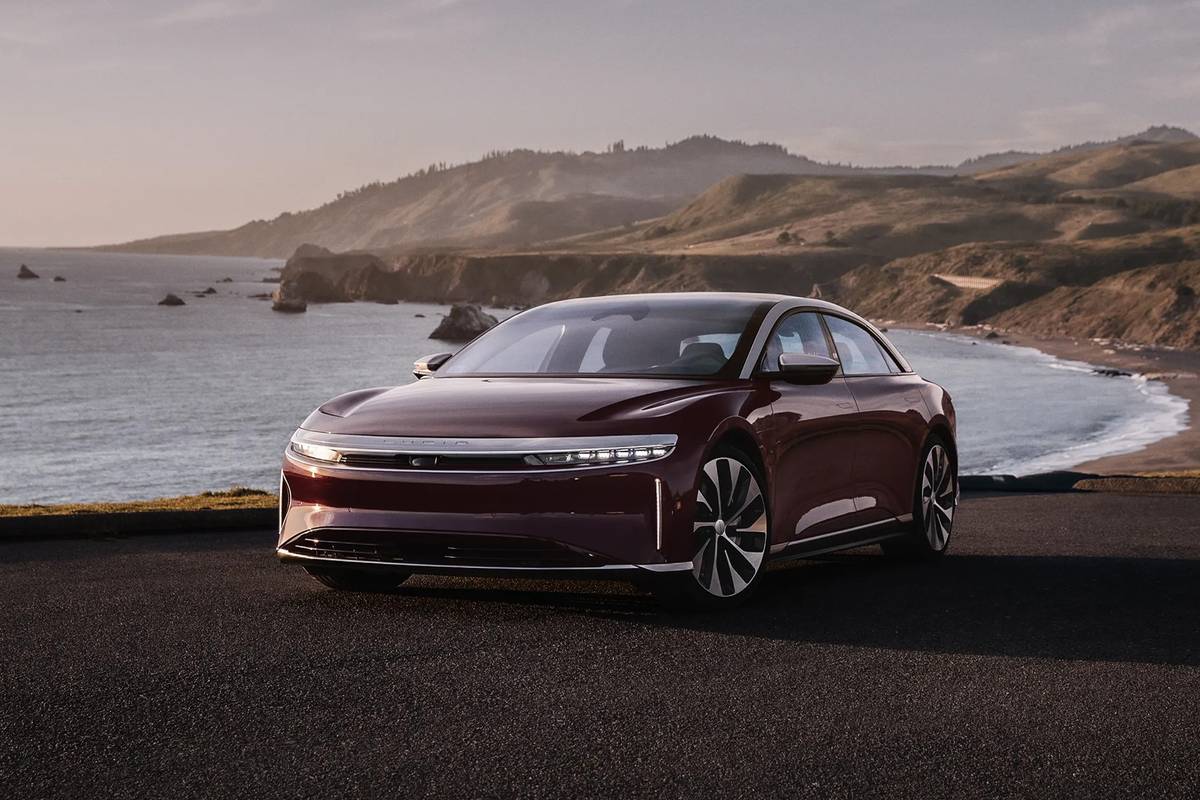
- Energy use: 23 kWh per 100 miles
- Miles per kWh: 4.35
- Combined fuel-economy rating: 146 mpg-e
- Range for this version: 420 miles
- Price: $71,400 (including $1,500 destination fee)
The base trim of Lucid’s luxury sedan takes the title as the most efficient electric car on sale now, using only 23 kWh per 100 miles traveled. A heat pump now comes standard across the Air lineup, which helps boost its efficiency to the top of the charts. All four Lucid Air configurations have excellent power and range, even the blistering 1,234-horsepower Air Sapphire that’s rated at 427 miles. You can get just about the same range with the base Pure at 420 miles for nearly four times less. Adding 20-inch wheels lowers its efficiency to 26 kWh per 100 miles, 3.85 miles per kWh, 372 miles of range and 129 mpg-e.
2. 2025 Tesla Model 3 Long Range RWD
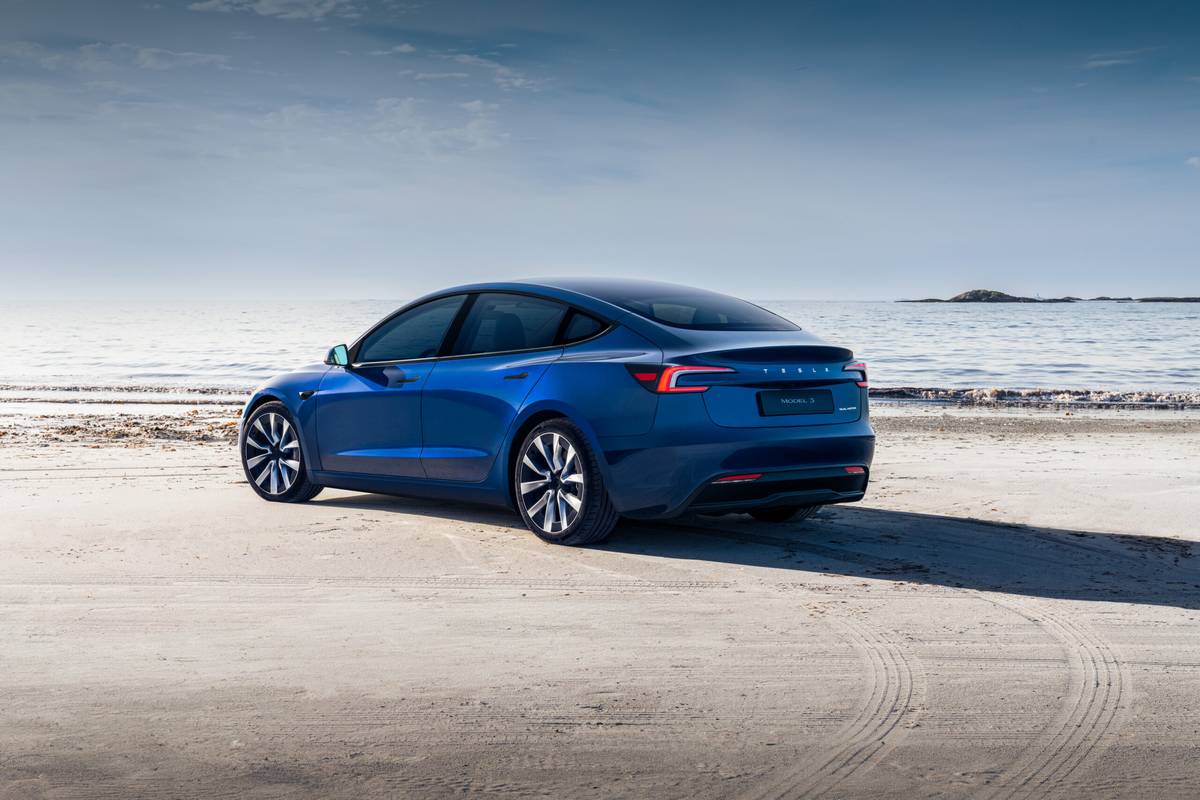
- Energy use: 25 kWh per 100 miles
- Miles per kWh: 4.0
- Combined fuel-economy rating: 137 mpg-e
- Range for this version: 363 miles
- Price: $43,880 (including $1,390 destination fee)
With the Standard Range version dropped for 2025, the Model 3 Long Range RWD becomes the least expensive and most efficient version of Tesla’s compact sedan at $43,880. It also has one of the longest ranges of the affordable electric cars, outpacing the Hyundai Ioniq 6’s best by about 20 miles. Adding a front motor for all-wheel drive adds $5,000 and considerably more power, but it only loses a hair of efficiency down to 26 kWh per 100 miles, 3.85 miles per kWh, 346 miles of range and 128 mpg-e.
3. 2025 Hyundai Ioniq 6 SE Standard Range
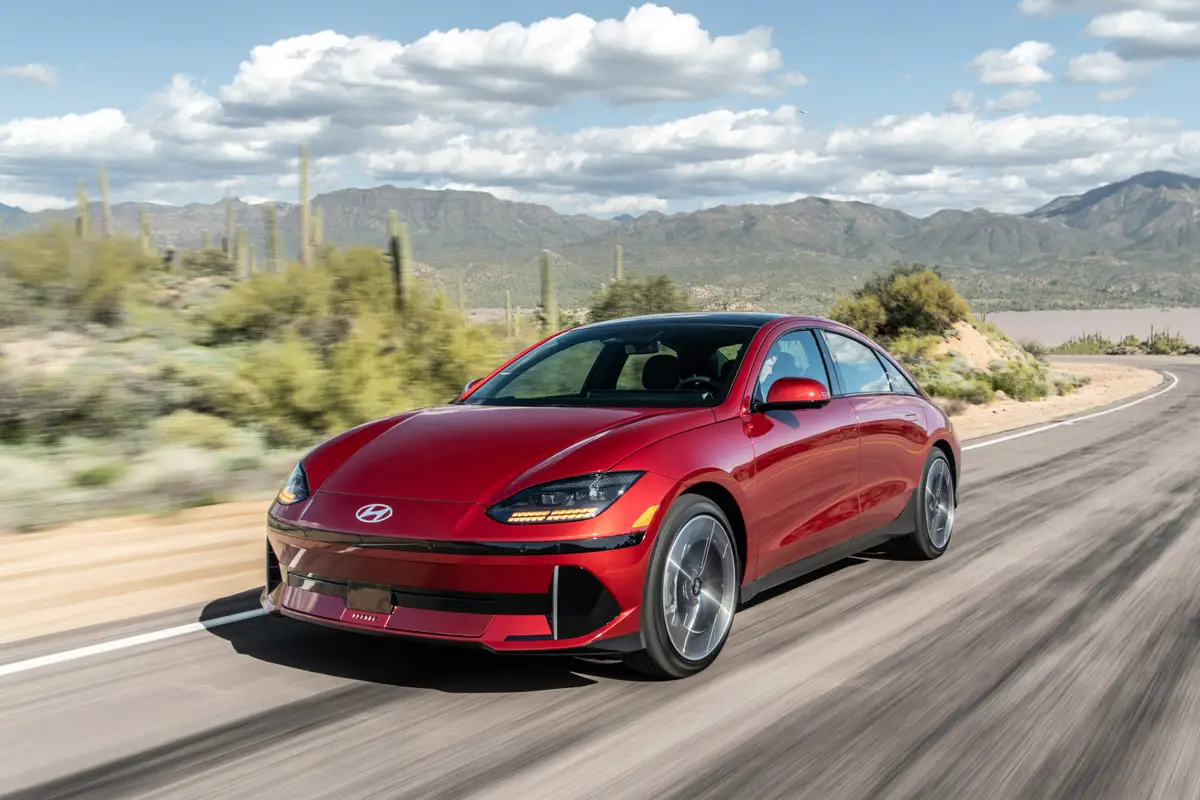
- Energy use: 25 kWh per 100 miles
- Miles per kWh: 4.0
- Combined fuel-economy rating: 135 mpg-e
- Range for this version: 240 miles
- Price: $39,045 (including $1,195 destination fee)
The swoopy Ioniq 6 sedan shares a platform with the Ioniq 5 hatchback, but it noses into efficiency with its aerodynamic design. Hyundai positions it as the most affordable of the efficient EVs, with a rear-drive base version powered by a smaller 53-kWh battery pack, which is why the Standard Range only goes 240 miles. Every other Ioniq 6 uses a 77.4-kWh pack that in all but one case feeds two motors for AWD; the Ioniq 6 RWD with the bigger pack has a range of 342 miles and gets 3.85 miles per kWh.
4. 2025 Tesla Model Y Long Range RWD
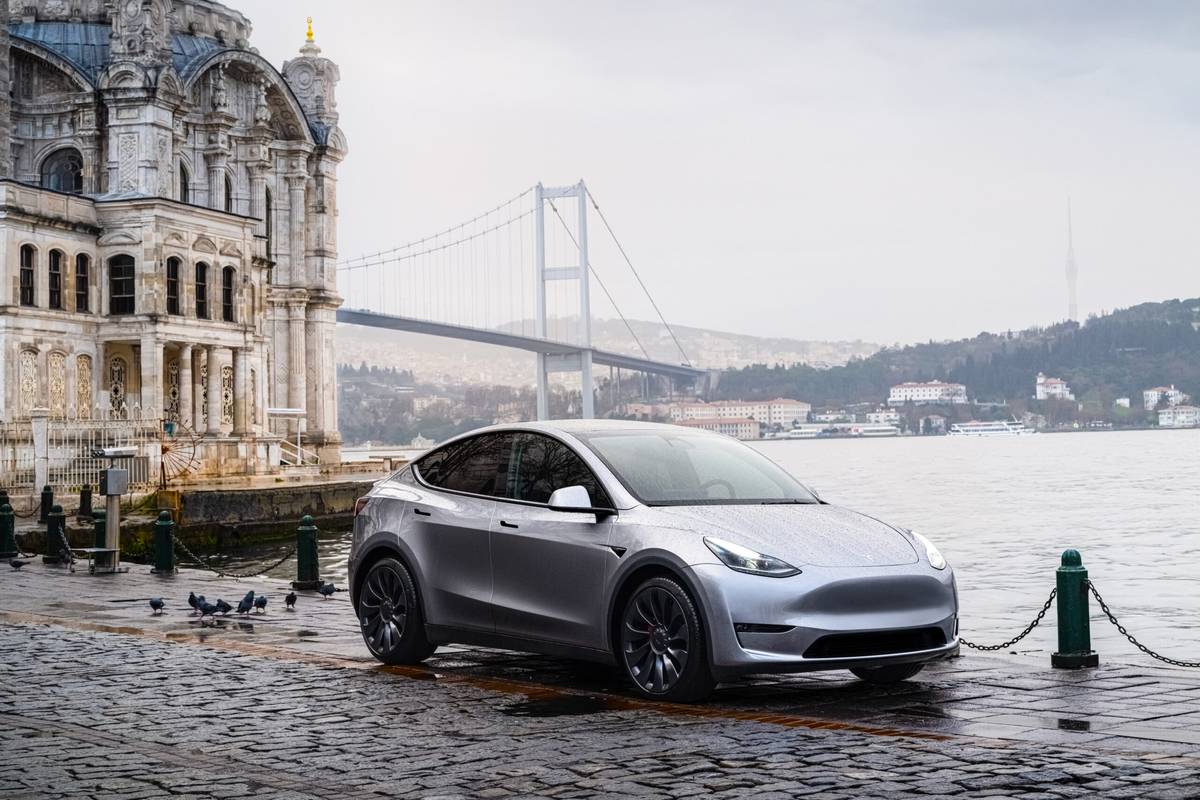
- Energy use: 27 kWh per 100 miles
- Miles per kWh: 3.7
- Combined fuel-economy rating: 125 mpg-e
- Range for this version: 337 miles
- Price: $46,380 (including $1,390 destination fee)
Refreshed for 2025, the Model Y SUV gets a front end and interior glow-up, a smoother suspension and an alleged boost in range, from 337 miles in the outgoing version, according to the EPA, to 357 miles, according to Tesla (the refreshed model does not yet have official EPA ratings). Compared to the Model 3, the Model Y’s taller hunchback shape adds more room inside, even for an optional third row, but it also eats away at aero. The dual-motor AWD variant has a range of 311 miles and uses 29 kWh per 100 miles (3.45 miles per kWh).
5. 2024 Lexus RZ 300e

- Energy use: 27 kWh per 100 miles
- Miles per kWh: 3.7
- Combined fuel-economy rating: 125 mpg-e
- Range for this version: 266 miles
- 2025 price: $43,975 (including $1,175 destination fee)
Lexus introduced a new base variant of the RZ for 2025 that cut the starting price by over $11,000, which is probably why the EPA hasn’t posted updated ratings for the model year yet. Mechanically, however, it’s the same. The RZ 300e has a 72.8-kWh battery and a single 201-hp motor for front-wheel drive; it’s rated at 27 kWh per 100 miles with a range of 266 miles. The AWD RZ 450e model uses two electric motors (rated at a total of 308 hp), with power sourced from a 71.4-kWh battery pack; its range drops to 220 miles and 31 kWh per 100 miles. Opting for 20-inch wheels on either model significantly cuts into range. Lexus has already announced the 2026 RZ, but its full specs have not been disclosed.
6. 2024 Tesla Model S
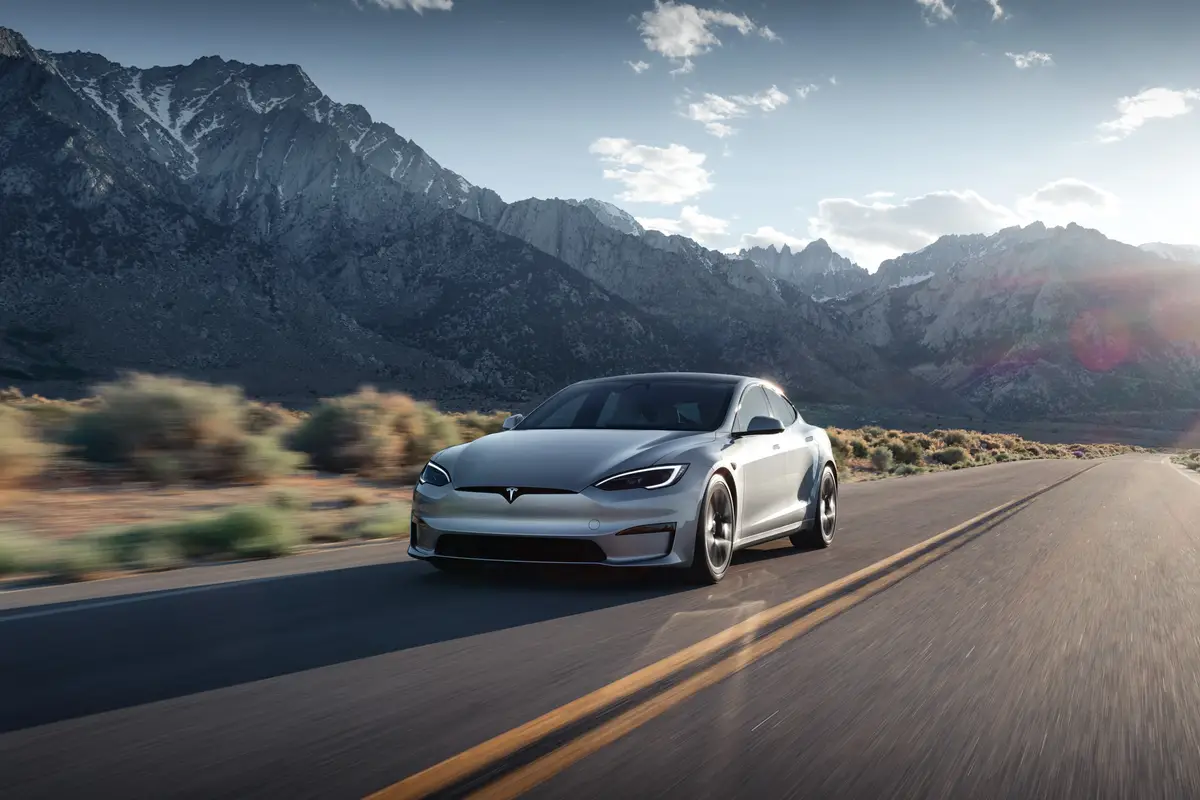
- Energy use: 28 kWh per 100 miles
- Miles per kWh: 3.57
- Combined fuel-economy rating: 122 mpg-e
- Range for this version: 402 miles
- 2025 price: $81,380 (including $1,390 destination fee)
The full-size sedan that helped launch Tesla’s mass-produced EV ambitions has aged somewhat gracefully, though it pales in luxuriousness and efficiency to the Lucid Air. Tesla operates differently than most other automakers, so even though they’re selling a 2025 Model S, other changes may be in store during the year, which might explain why the EPA lists a range-topping 2025 Model S Plaid but only the 2024 Model S base variant as the most recent iteration. Tesla says the base 2025 Model S has 410 miles of range, while the EPA checks the 2024 Model S with a 402-mile range and an efficiency rating of 28 kWh per 100 miles.
7. 2024 Toyota bZ4X
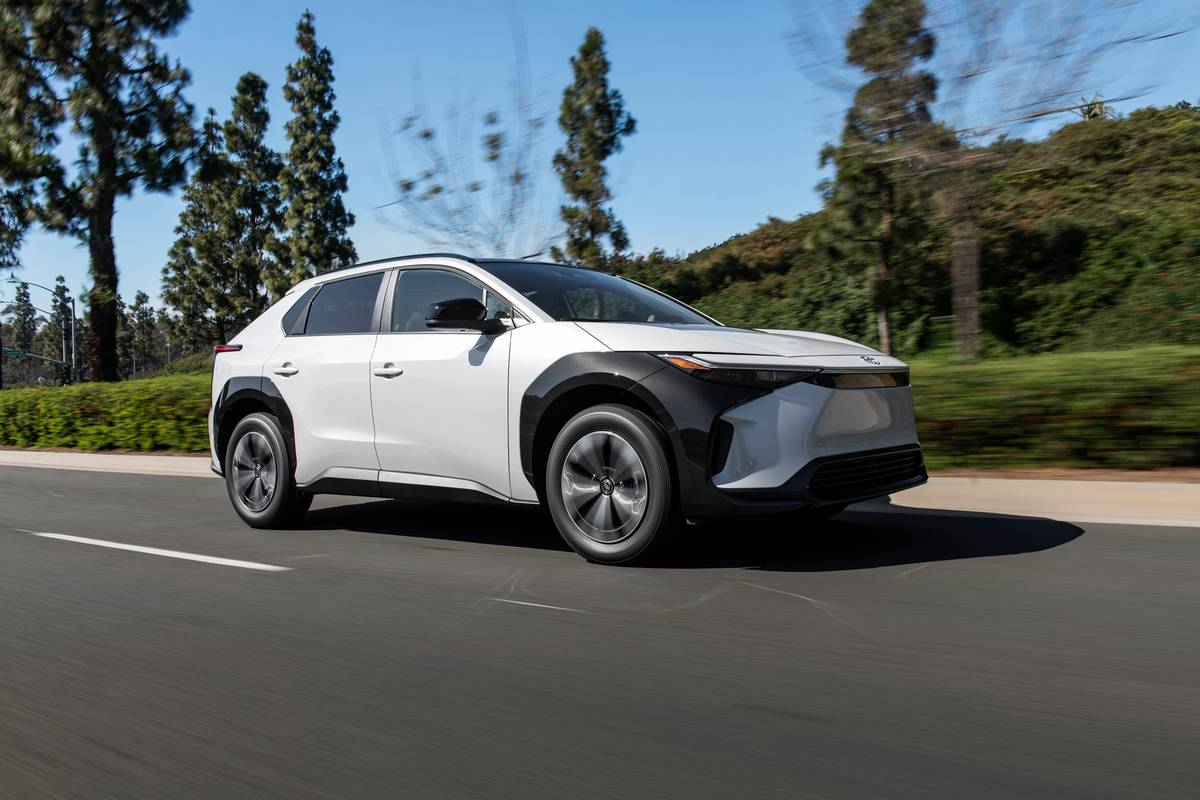
- Energy use: 28 kWh per 100 miles
- Miles per kWh: 3.57
- Combined fuel-economy rating: 119 mpg-e
- Range for this version: 252 miles
- 2025 price: $38,465 (including $1,395 destination fee)
Like the related Lexus RZ, Toyota slashed prices for the 2025 bZ4X long before debuting the updated 2026 model, now known as the bZ. The 2025 model carries on with a max range of 252 miles and an efficiency rating of 28 kWh per 100 miles. The base bZ4X switches the Lexus RZ formula, with the base trim employing the 71.4-kWh pack and a single 201-hp motor with FWD, while AWD bZ4Xs get the 72.8-kWh battery pack but with two smaller motors that make 214 hp total.
8. 2025 Hyundai Kona Electric Standard Range
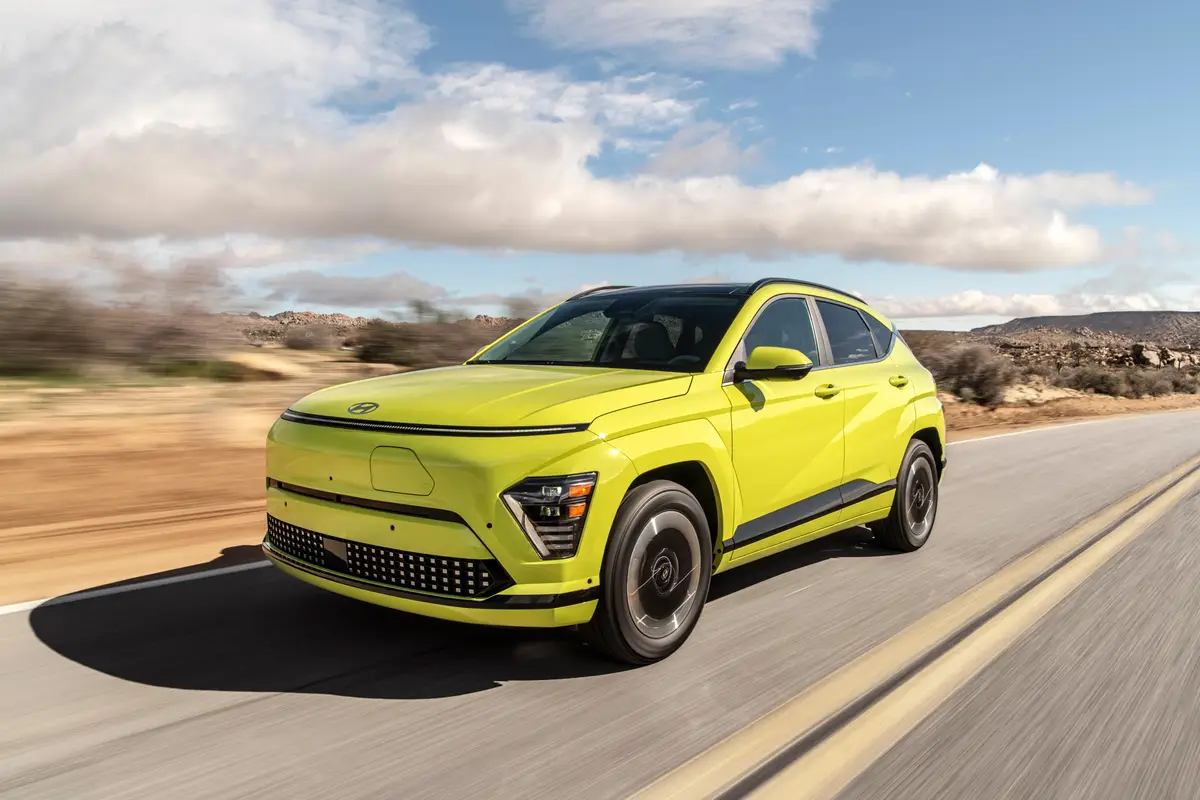
- Energy use: 29 kWh per 100 miles
- Miles per kWh: 3.45
- Combined fuel-economy rating: 118 mpg-e
- Range for this version: 200 miles
- Price: $34,425 (including $1,450 destination fee)
Redesigned for 2024, the small Kona SUV was built around an electric platform, though Hyundai also sells it with gas powertrains. One of the most affordable new EVs, the base Kona Electric Standard Range uses a small 48.6-kWh lithium-ion battery pack and a small motor that makes 133 hp. Range is limited to just 200 miles, but it’s efficient, using only 29 kWh per 100 miles. For $4,000 more, you can step up to a 201-hp motor and a larger 64.8-kWh battery pack, which is good for 261 miles and rated at 116 mpg-e.
9. 2024 Kia EV6 Standard Range RWD
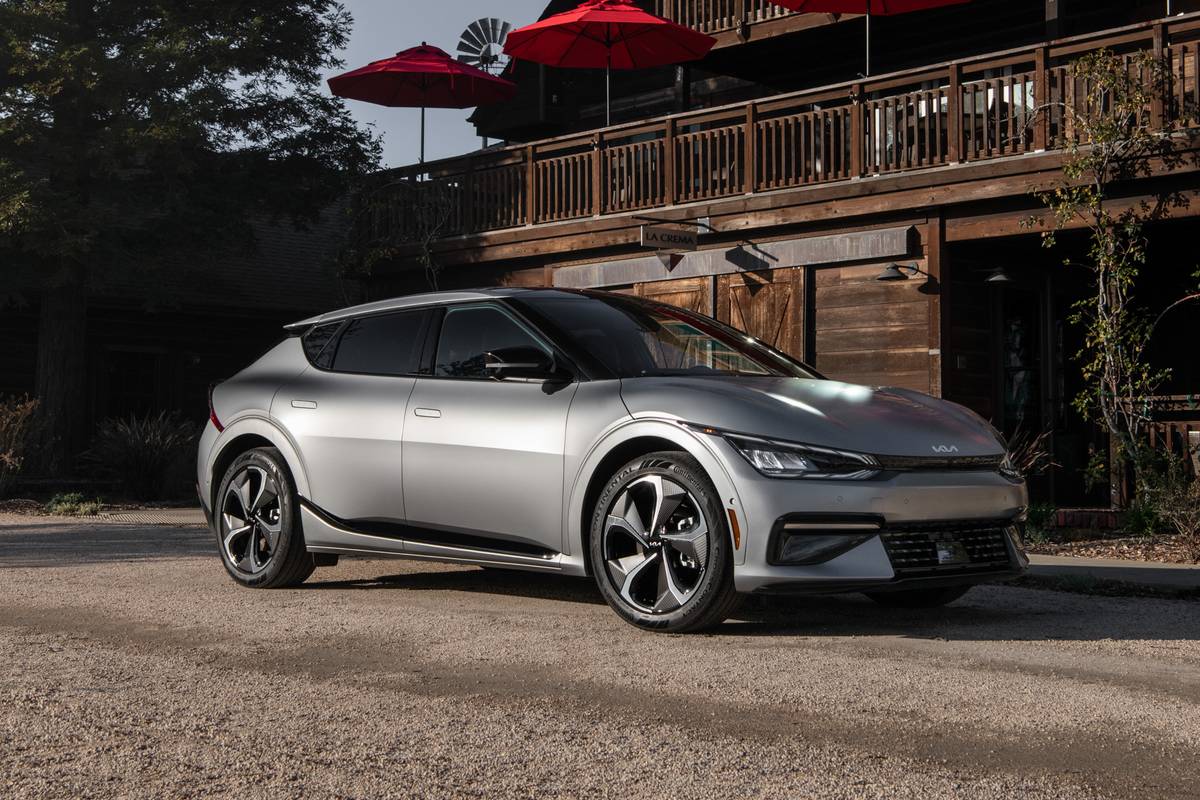
- Energy use: 29 kWh per 100 miles
- Miles per kWh: 3.45
- Combined fuel-economy rating: 117 mpg-e
- Range for this version: 232 miles
- 2025 price: $44,375 (including $1,475 destination fee)
As the EV6 got a refresh for 2025, it has not been certified yet by the EPA. The base Light trim now has a larger 63-kWh battery pack (from 58 kWh for 2024), while all other variants receive an 84-kWh pack (from 77.4 kWh). That increases range to what Kia estimates to be 237 miles with the base Light, but efficiency should stay about the same at 29 kWh per 100 miles for 2025.
10. 2025 BMW i4 eDrive40 Gran Coupe eDrive40
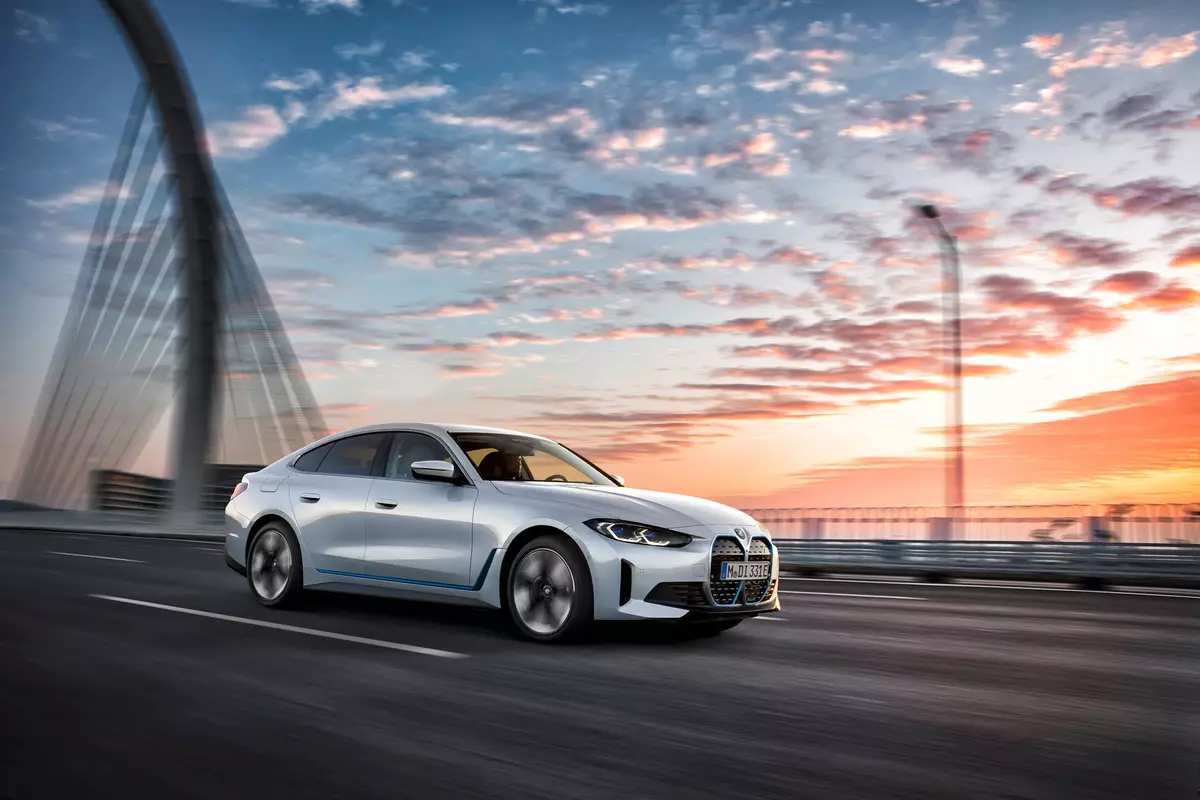
- Energy use: 29 kWh per 100 miles
- Miles per kWh: 3.45
- Combined fuel-economy rating: 116 mpg-e
- Range for this version: 266 miles
- 2025 price: $59,075 (including $1,175 destination fee)
Slight styling tweaks grace the fourth model year of BMW’s electric sedan. The base 335-hp single-motor RWD version has an efficiency rating of 29 kWh per 100 miles that trails only a few electric luxury sedans. The dual-motor AWD variant costs $4,400 more and boosts range to 287 miles, but efficiency drops to 33 kWh per 100 miles.
How Is EV Efficiency Calculated?
As mentioned above, the EPA uses a kWh rating to show how much power an EV uses to travel 100 miles. If an EV uses only 30 kWh of battery power per 100 miles, then it is more efficient than a car that uses 40 kWh of power. Invert the efficiency formula and it shows miles per kWh, like mpg: The 30-kWh car goes 3.3 miles per kWh, while the 40-kWh car only gets 2.5 miles per kWh. This metric better jibes with what’s shown on range meters when you’re driving an EV.
The EPA’s mpg-e rating formula says that 33.7 kWh of electric energy is equal to 1 gallon of gas. The mpg-e rating is far from perfect, but at least it’s a standard applied equally and one that shoppers of plug-in cars can compare against gas-powered cars.
It’s important to note that fuel economy diminishes with larger tire and wheel packages. Oftentimes, the most efficient EV is the base trim level because it’s lighter and rolls on smaller tires with less contact friction with the road.
More From Cars.com:
- What Are the Hidden Costs of Owning an Electric Car?
- How Much Does It Cost to Charge an Electric Car?
- What to Know Before Purchasing an Electric Vehicle: A Buying Guide
- EV 101: A Video Guide to Electric Vehicles
- Should I Buy an Electric Car or Plug-In Hybrid?
Related Video:
Cars.com’s Editorial department is your source for automotive news and reviews. In line with Cars.com’s long-standing ethics policy, editors and reviewers don’t accept gifts or free trips from automakers. The Editorial department is independent of Cars.com’s advertising, sales and sponsored content departments.
Featured stories

